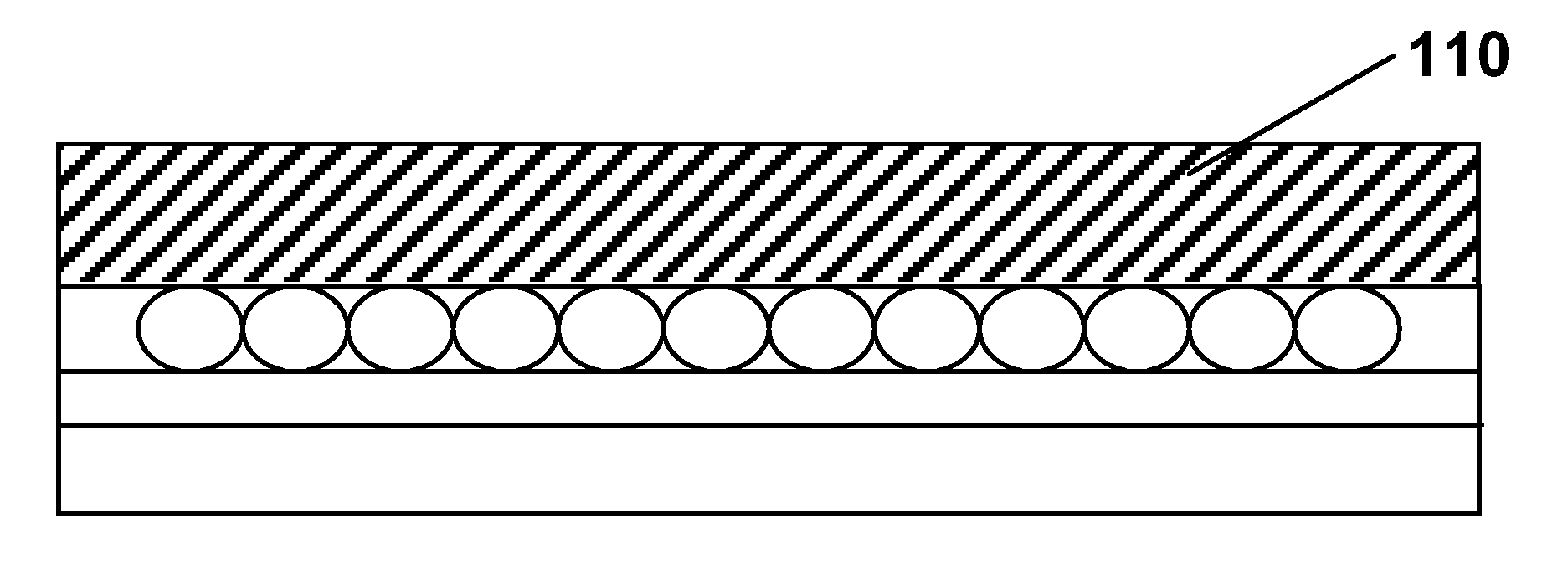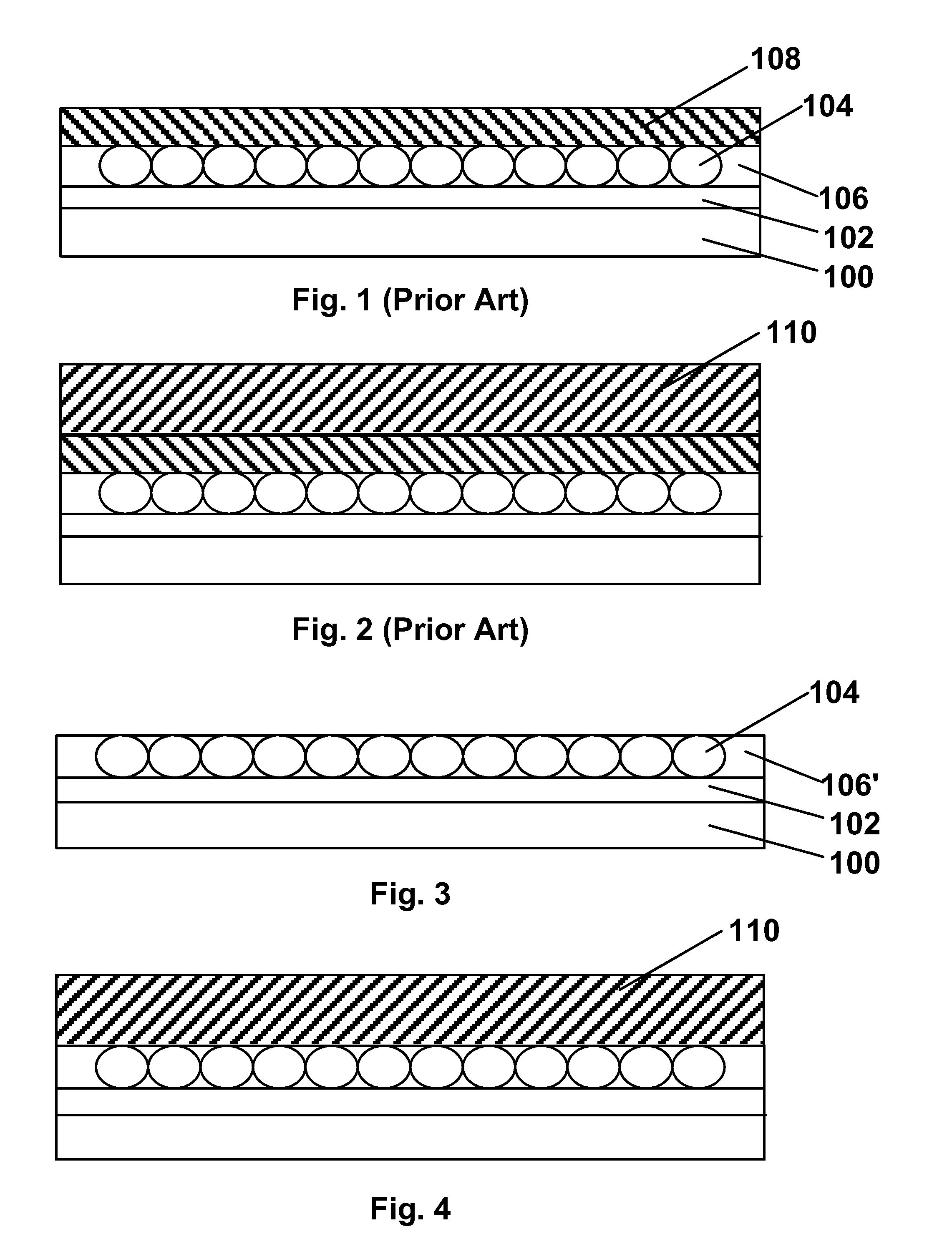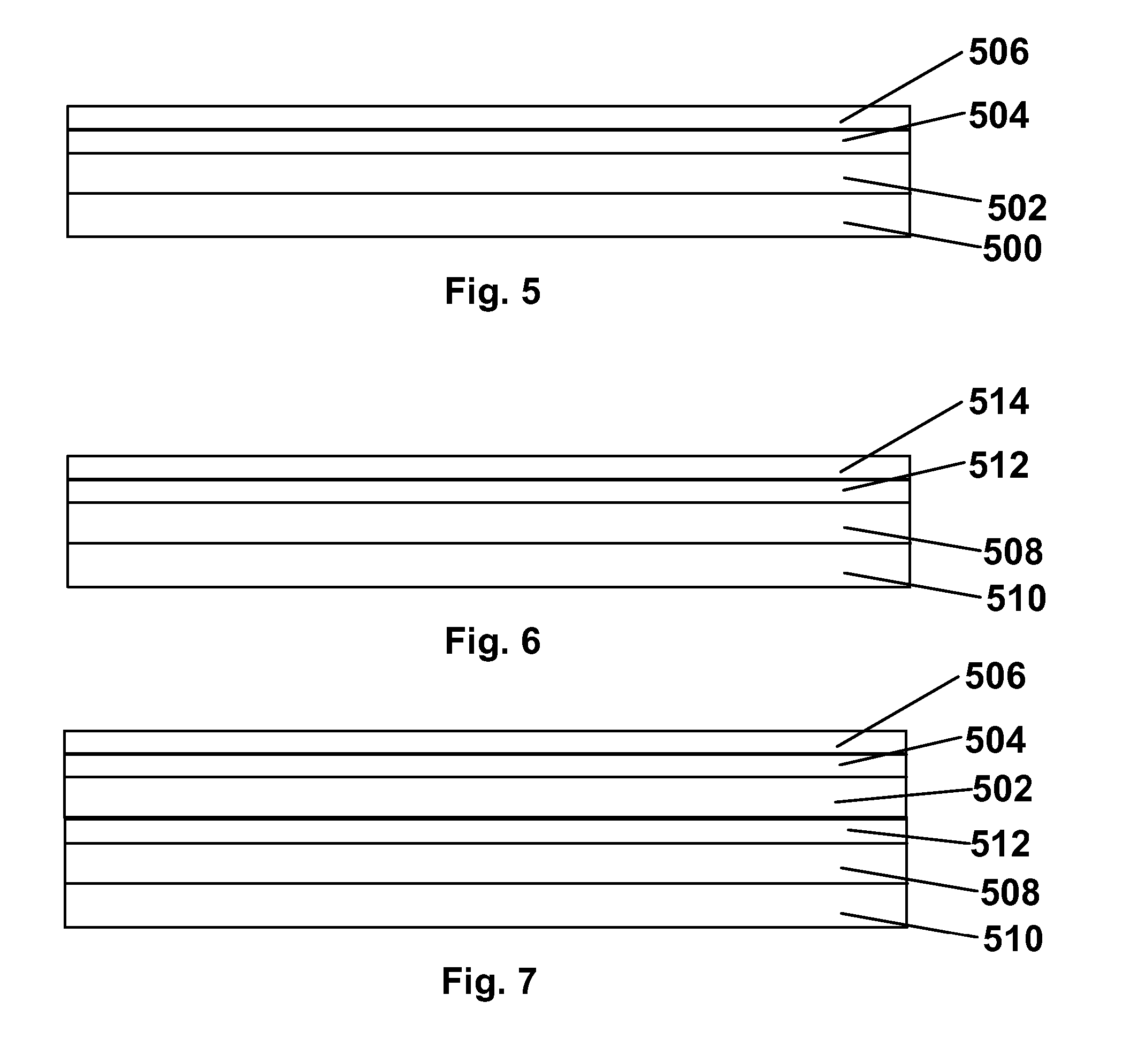Electro-optic displays, and processes for the production thereof
a technology of electro-optic displays and hybrid panels, applied in optics, instruments, optical elements, etc., can solve the problems of inability to use solid electro-optic displays, inadequate service life of these displays, and the inability to use lcd assembly methods to achieve the effect of substantially reducing the overall curvature of hybrid panels
- Summary
- Abstract
- Description
- Claims
- Application Information
AI Technical Summary
Benefits of technology
Problems solved by technology
Method used
Image
Examples
example
[0129]Dual particle opposite polarity electrophoretic capsules containing polymer-coated titania and carbon black particles in an aliphatic hydrocarbon suspending fluid and with gelatin / acacia capsule walls were prepared substantially as described in Example 30 of the aforementioned 2002 / 0185378. These capsules were then mixed at a weight ratio of 1:1 (capsules / binder solids basis) with a custom polyurethane latex binder, and the resultant slurry slot coated, substantially as described in this Example 30, on to a 5 mil (127 μm) poly(ethylene terephthalate) (PET) film coated on one surface with ITO, the slurry being coated on to the ITO-covered surface, and cured to produce a final capsule / binder layer comprising essentially a monolayer of capsules and 15–30 μm thick. The resultant capsule-coated film was essentially an FPL of the present invention except that it lacked a release sheet which was not needed since the coated film was used immediately as described below.
[0130]The capsul...
PUM
| Property | Measurement | Unit |
|---|---|---|
| temperature | aaaaa | aaaaa |
| temperature | aaaaa | aaaaa |
| temperatures | aaaaa | aaaaa |
Abstract
Description
Claims
Application Information
 Login to View More
Login to View More - R&D
- Intellectual Property
- Life Sciences
- Materials
- Tech Scout
- Unparalleled Data Quality
- Higher Quality Content
- 60% Fewer Hallucinations
Browse by: Latest US Patents, China's latest patents, Technical Efficacy Thesaurus, Application Domain, Technology Topic, Popular Technical Reports.
© 2025 PatSnap. All rights reserved.Legal|Privacy policy|Modern Slavery Act Transparency Statement|Sitemap|About US| Contact US: help@patsnap.com



